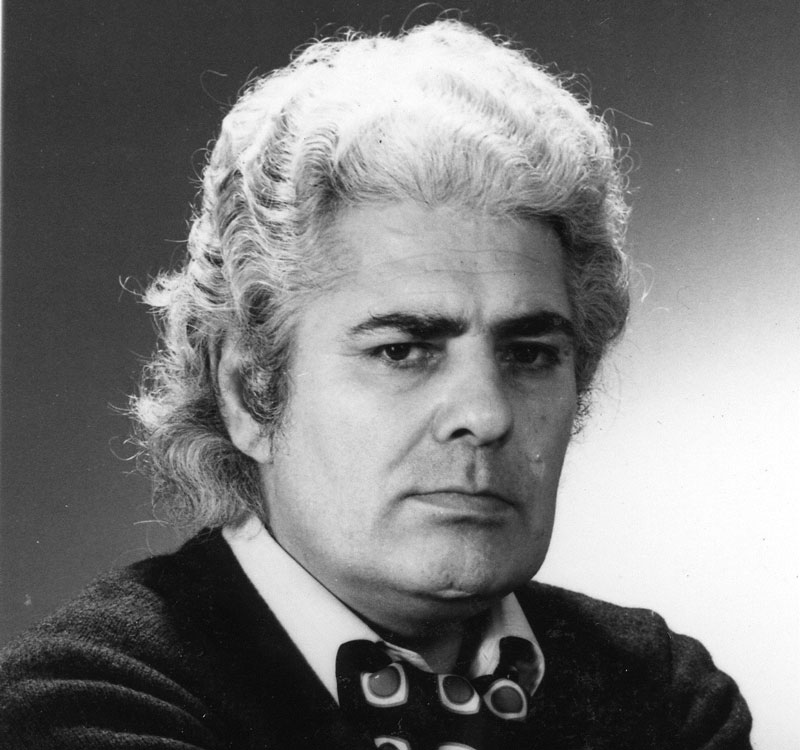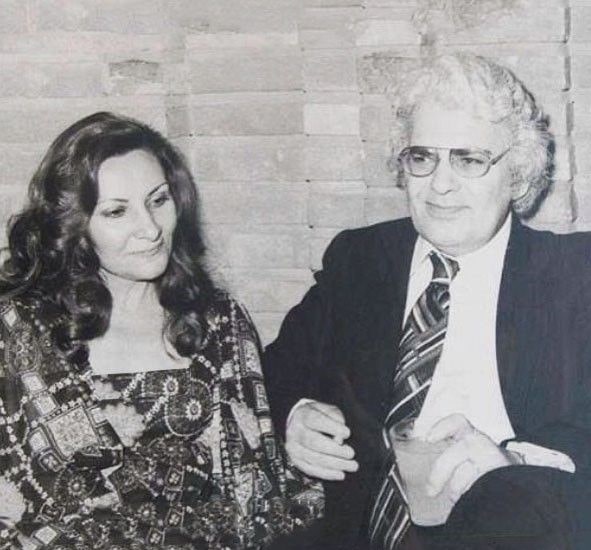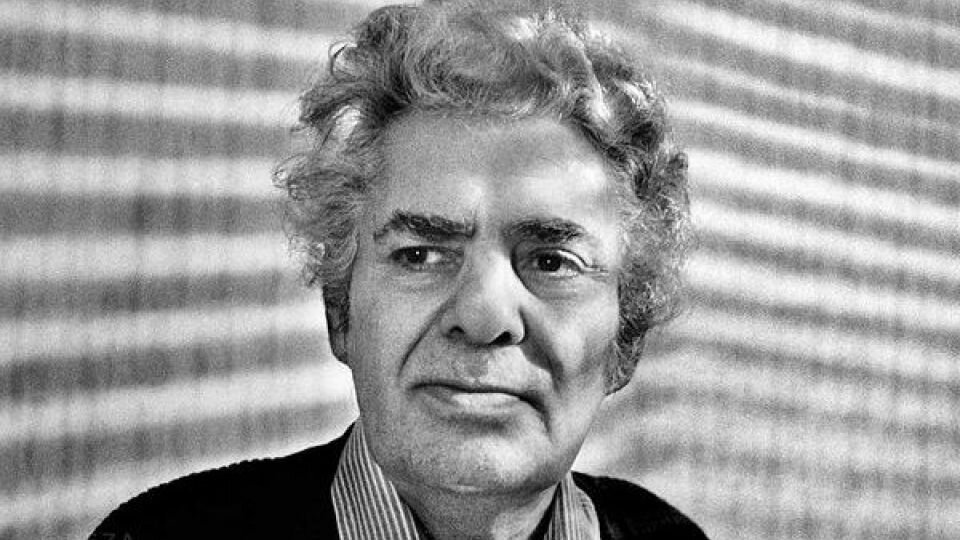Birth and pre-youth years of Ahmad Shamlou
Ahmad Shamlou was born in 1925 A.D in Tehran. His father was named Haydar, and according to one of his poems, the Shamlou family was originally from Kabul. Shamlou’s childhood was spent in cities such as Rasht, Semirom, Abadeh, Isfahan, and Shiraz because of his father’s job as an army officer, who occasionally went on missions.
He spent his primary school in the cities of Khash and Zahedan, and since then, he began to collect popular culture materials. Also, Shamlou passed his high school in Birjand, Mashhad, and Tehran.
In the early 1940s A.D, his father travelled to Gorgan and the Turkmen Sahara to reorganise the disintegrated gendarmerie. He went to Gorgan with his family and had to continue his education.
He participated in political activities in the north and was arrested in Tehran and transferred to the Soviet prison in Rasht. After his release, he went to Urmia.
When the Democratic Front of Azerbaijan came to power, Shamlou was arrested along with his father, and he was placed in front of the Fire Squad for two hours to get instructions from high-ranking officials. Shamlou returned to Tehran after his release and left school forever.

Fame and works of Ahmad Shamlou
Shamlou’s principal reputation is for innovating contemporary Persian poetry. He turned to the New Poetry under Nima Yooshij’s influence but has developed another new style in Persian poetry later, referred to as Sepid poetry (White poetry), which is now one of the most important poetic forms used in Iran.
In addition to poetry, Shamlou has well-known translated texts and research works. His Ketab-e Koucheh (The Book of Alley) collection is the supreme research work on the folk culture of the Iranian people, and his works have been translated into various languages. Shamlou also worked in the cinema and wrote screenplays for famous filmmakers.
Family life of Ahmad Shamlou
Ahmad Shamlou married Ashraf al-Muluk al-Islamiyya at the age of twenty-two, and the result of the marriage was four children. Also, in the same year, his first collection of poems entitled The Forgotten Songs was published.
In 1957 A.D Shamlou remarried, who unfortunately divorced his second wife four years later. The year, with the publication of a collection of poems, he established his The Fresh Air as a prominent poet and began working on the poetry of Hafez, Khayyam, and Baba Taher.
Shamlou married Aida in 1964 A.D, and the acquaintance had a vast influence on his life. For this reason, Shamlou published a collection of poems called Aida. He told Ferdowsi Magazine about Aida’s impact on his life “Everything I write is for her, and because of her, I found Aida, the person I had never met in my life.”

Ahmad Shamlou’s artistic activities during his illness
Shamloo went to Paris for treatment in 1972 A.D due to severe neck pain and underwent surgery. At the same time, there were several foreign trips for Shamlou, who was invited as a speaker or to participate in various gatherings, such as the invitation of the University of Rome, the American Pen Association, Princeton University, the Swedish Pen Association, and so on.
He taught contemporary Persian language, poetry, and literature to Iranian students as a one-semester visiting professor at Berkeley University while he underwent two major neck surgeries in Boston.
Finally, in 1991 A.D, after a year and a half away from his homeland, he returned to Iran. Shamlou’s illness greatly annoyed him, and even in all the years he endured great pain, he engaged in various activities in the field of literature. Ahmad Shamlou died on August 23, 2000 A.D, after enduring years of suffering and illness.

Keywords: Birth and pre-youth years of Ahmad Shamlou, Fame and works of Ahmad Shamlou, Shamlou’s principal reputation, the Shamlou family, Shamlou’s childhood, Family life of Ahmad Shamlou, Ahmad Shamlou’s artistic activities during his illness, Shamlou’s illness.

